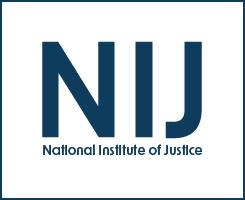Utilizing Smartphones to Study Disadvantaged and Hard-to-Reach Groups
Journal
Sociological Methods & Research
Date Published
2018
Agencies
NIJ-Sponsored
Publication Type
Research (Applied/Empirical)


